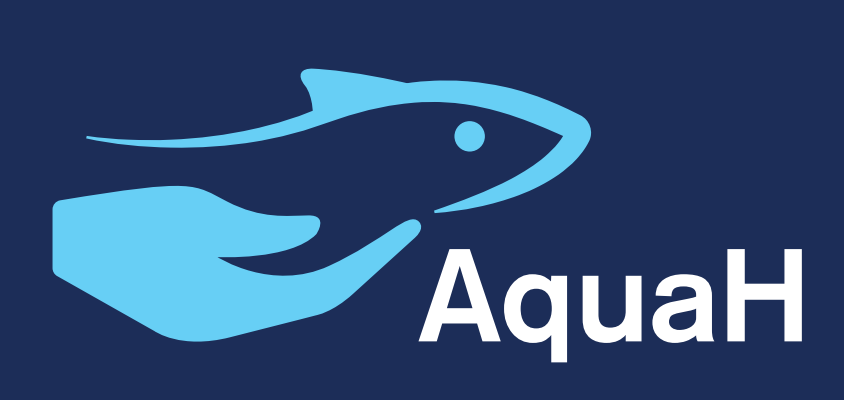Fees, costs and scholarships
Participation costs (Tuitions)
For nationals from the European Economic Area (EEA). This comprises:
- The 27 EU countries
- Iceland, Liechtenstein, Norway
- North Macedonia, Turkey and Serbia
3,000 EUR per year
For nationals from non-EEA countries (= all other nationalities)
9,000 EUR per year
Tuition waivers
Study Costs
For nationals from the European Economic Area (EEA).
|
|
Cost
|
|---|---|
|
Programme participation cost:
|
6,000 EUR
|
|
Lliving expenses
(1,000 EUR per month) |
24,000 EUR
|
|
Travel to/from/within Europe*
|
2,000 EUR
|
For nationals from non-EEA countries
|
|
Cost
|
|---|---|
|
Programme participation cost:
|
18,000 EUR
|
|
Lliving expenses
(1,000 EUR per month) |
24,000 EUR
|
|
Travel to/from/within Europe*
|
3,000 EUR
|
Note that you will have to prove sufficient means of subsistence before enrolment. Find details on proof of subsistence on the sufficient means of subsistence for visa application page.
Scholarships
We currently have no own scholarship programme available. Check scholarship options by other funding agencies.
Special needs
AquaH offers financial contributions to students with special needs. They will be used for enrolled students (with or without Erasmus Mundus scholarship) with disabilities (e.g. long-term physical, mental, intellectual or sensory impairments), such as those related to the acquisition of special items or services (e.g. assistance by third persons, adaptation of work environment, additional travel/transportation costs).
After you have been awarded admission to AquaH, contact aquah@ugent.be in case you have special needs and you wish to apply for the financial contribution.
